Our ETFs
Income
Focused on providing attractive income through a diverse set of strategies.
Income
Focused on providing attractive income through a diverse set of strategies.
We deliver expanded investment opportunities for investors seeking growth, income and risk-managed strategies.



Focused on providing attractive income through a diverse set of strategies.
Focused on providing attractive income through a diverse set of strategies.
Resources


Carefully consider the Fund’s investment objectives, risks, charges, and expenses before investing. This and other information can be found in the Fund’s statutory and summary prospectuses, which may be obtained at AmplifyETFs.com. Read the prospectus carefully before investing.